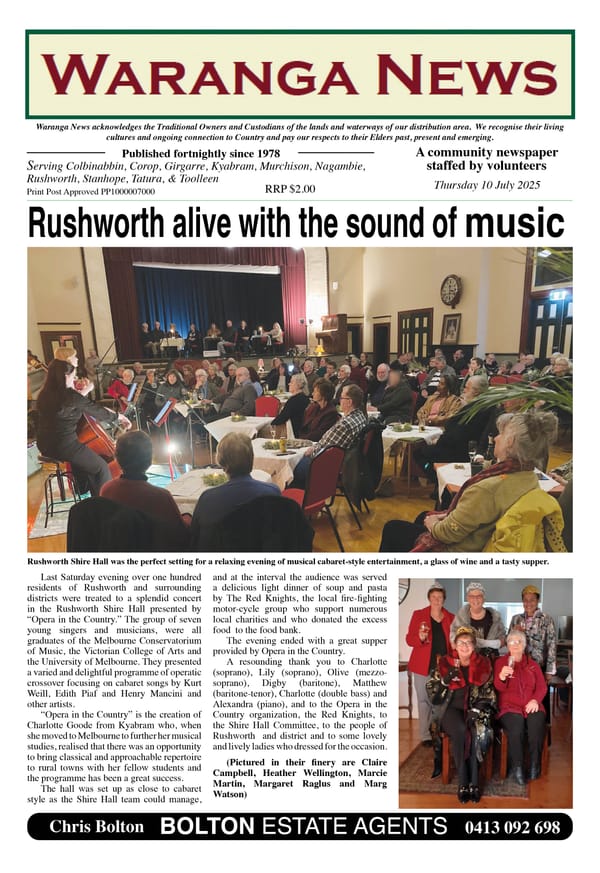9. How many people?

Over the years since colonisation, there has been endless speculation about what the Victorian Aboriginal population would have been pre-1830. Starting from what we know with some certainty, the last census (2016) indicated that there were nearly 50,000 people in Victoria who identified as having Aboriginal and Torres Strait Islander origins.
This is a remarkable comeback from the mid-1800s, when the population was critically low. Then, many pundits suggested it was just a matter of time before the Aboriginal people “died out”. In 1845, there was a census of sorts, which probably had severe limitations. However, the surviving people in the local Ngurai-illum Wurrung clans were enumerated as follows – Benbedora (27), Gunung-illum (27) and Ngurai-illum (53). So, a recorded total of only 107 individuals across an extensive area. Ten years earlier, there may have been several hundred, but we are certainly not talking about thousands.
POPULATION DECLINE
Estimates of the numbers of Aboriginal people in Australia pre-colonisation range from about 300,000 to one million. There is evidence to suggest that these numbers had already been drastically reduced by disease, particularly smallpox.
Smallpox may have been introduced to the country by Macassan seamen, who traded with Aboriginal people along the northern Australian coastline, and through the Torres Strait. A second smallpox epidemic is thought to have spread via European colonisation of what are now the eastern states of Australia. Smallpox and other introduced diseases took a huge toll on the Aboriginal people, who had little or no immunity.
A whole range of factors contributed to further dramatic population decline in this area in the ten years after Major Mitchell passed through in 1836. In his wake came the first squatters, who took up land at an astonishing rate, displacing the original inhabitants. There was, at the same time, a significant drop in the birth rate within Aboriginal communities.
Violence by squatters and their men, according to eminent historian A G L Shaw, may have contributed to at least 10% of deaths at this time. Again, estimates vary, but there is no doubt that this was a factor in the Waranga area.
LIFESTYLE CHANGES
The radical changes in lifestyle which followed colonisation meant that traditional food supplies were diminished, quickly making it hard for Aboriginal people to live comfortably using the available local resources, as they had done for thousands of years. Diminished diet and poor health followed, further increasing susceptibility to disease.
There was intense competition for resources as the early squatters established large flocks of sheep across the northern plains of Victoria. Ironically, grasslands which were particularly attractive to the squatters (because no clearing was required), was the result, in no small part, of firestick farming by Aboriginal people over millennia.
Native fauna, which had been readily available as a food source, started to become scarcer. The sheep also had a tendency to eat or trample other traditional food sources such as murnong (yam daisies, native dandelion). When Aboriginal people started to see sheep as a new source of food, the potential for conflict was obvious.
Water resources, vital for any human habitation of a region, came under increased pressure as the squatters sought reliable water supplies for their flocks. The Ngurai-illum Wurrung spent plenty of time where there was water e.g. creeks, rivers and wetlands which had not only provided water but an extensive range of flora and fauna forming part of their varied diet.
References: Barwick, D, Aboriginal History (1984); The Latrobe Journal (No 61, Autumn 1988);




